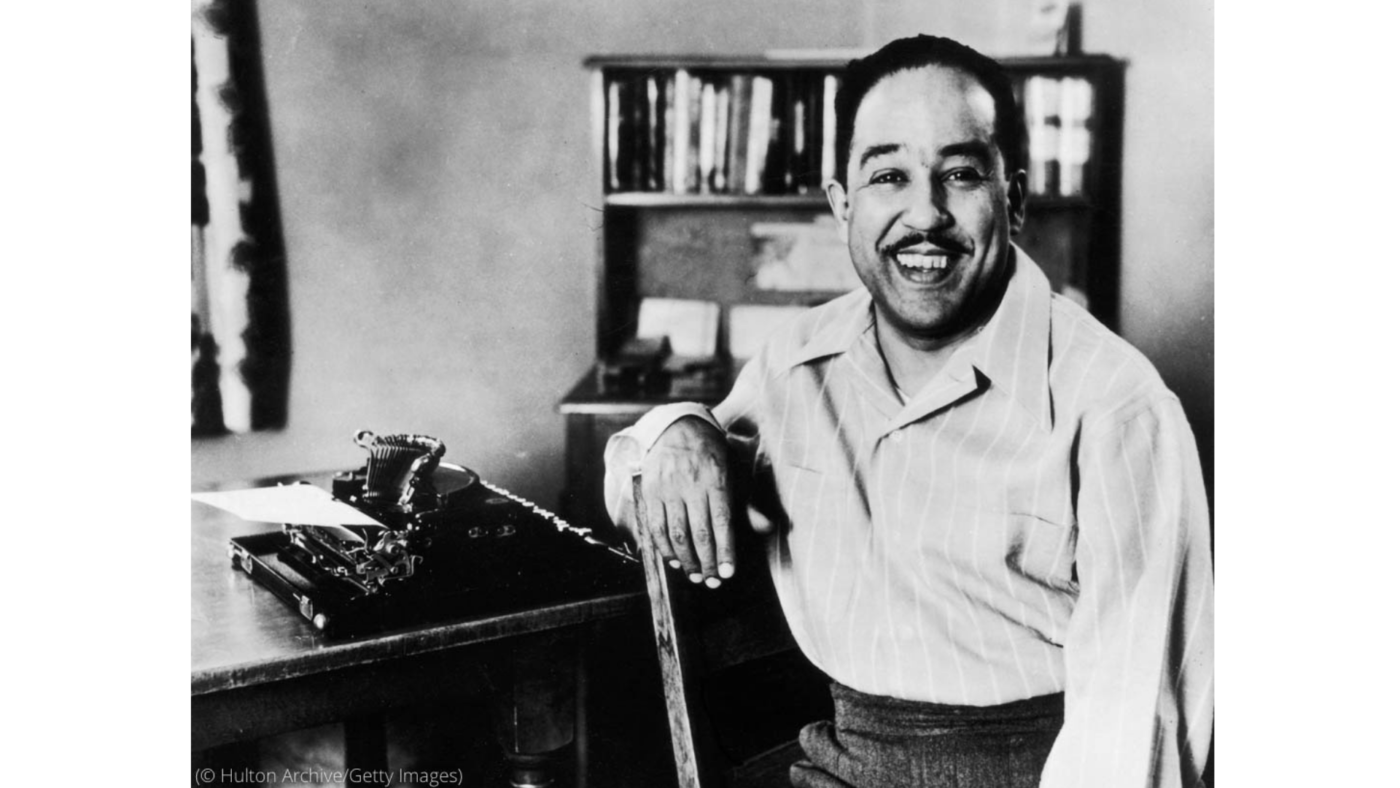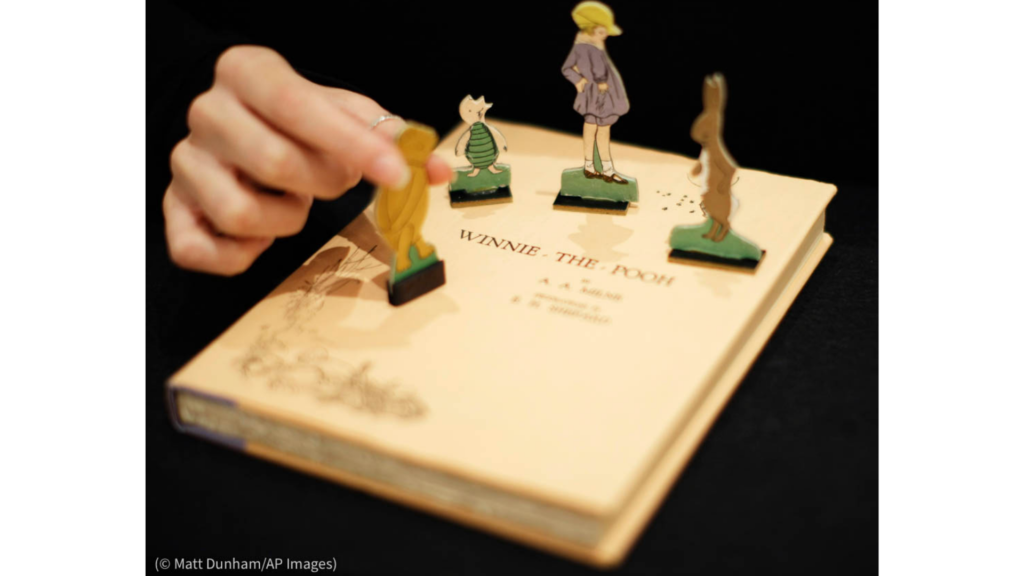Films, poems, songs and stories from 1926 are free for all to enjoy. Learn how U.S. copyright law protects creators and promotes creativity.
March 2022

Langston Hughes’ first poetry collection entered the public domain this year. (© Hulton Archive/Getty Images)
Tales of soldiers struggling with the trauma of World War I and a jazz pianist’s escape through music are among the American stories now free for all to enjoy.
Every January 1, U.S. copyright law, which protects both the livelihoods of creators and the use of future generations, releases thousands of works for public use.
The 2022 release includes music, films, art and literature from 1926. So everyone from teachers and theater groups to internet companies can freely use works like “The Weary Blues,” Langston Hughes’ debut collection, with the title poem celebrating African American music and culture during the Harlem Renaissance.
Other major debuts released to the public domain this year are “The Sun Also Rises” and “Soldiers’ Pay,” the first novels of Ernest Hemingway and William Faulkner. English author A.A. Milne published “Winnie-the-Pooh” in 1926, but while Pooh’s first collection of adventures are released from U.S. copyright, a similar law in the United Kingdom protects those stories until 2027.

A.A. Milne’s children’s book “Winnie-the-Pooh” is one of thousands of works from 1926 that became available for all to use on January 1, 2022. (© Matt Dunham/AP Images)
U.S. copyright law seeks to balance the creator’s right to seek compensation for their work with the preservation of cultural artifacts for future generations to use and enjoy.
The U.S. Constitution specifically authorizes Congress to enact laws “to promote the progress of science and useful arts, by securing for limited times to authors and inventors the exclusive right to their respective writings and discoveries.”
Copyright is the form of intellectual property law that protects original works of authorship including poems, novels, songs, architecture and even computer software. Other forms include patents and trademarks that protect inventions and the symbols or slogans used in advertising.
The two main aspects of copyright—a period of exclusive rights, followed by subsequent freedom of use—both provide incentives to creators in different ways. While a copyright is in effect, authors can reap payment for their work.
“Effective copyright protection is the linchpin of professional authorship; it enables authors to make a living writing,” says the Authors Guild, the nation’s oldest and largest professional organization representing novelists, poets, historians and journalists.
But releasing literature from copyright increases the availability of old songs and stories and allows their use in new creations. Prominent literary critic Northrop Frye has said, “Poetry can only be made out of other poems, novels out of other novels.”
Just entered the @creativecommons celebration of Public Domain Day – celebrating the 400,000 #sound recordings from the pre-1923 era that are now in the #publicdomain thanks to the Music Modernization Act in the U.S.! pic.twitter.com/jGRp32KdtP
— Museum Of Portable Sound (@museumsound) January 20, 2022
In addition to a trove of stories, songs and silent films, this year’s release from U.S. copyright brings roughly 400,000 sound recordings from before 1923 into the public domain. That’s decades of material from the earliest recordings of sound.
Those sounds may now be downloaded, mixed and reused. Jennifer Jenkins, director of the Center for the Study of Public Domain at Duke University Law School, calls this development “a wellspring for creativity.”
“The whole point of copyright is to promote creativity, and the public domain plays a central role in doing so,” Jenkins says.
Article courtesy ShareAmerica
COMMENTS